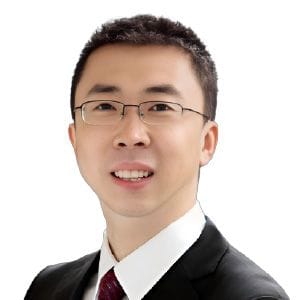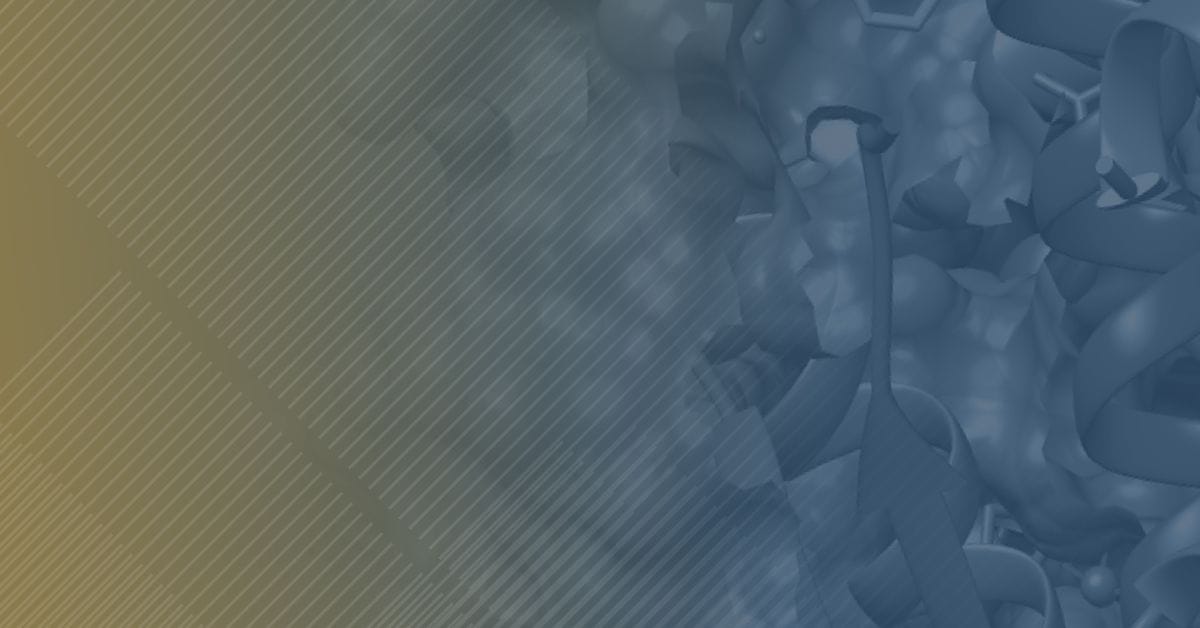Learn about Prof. Ma’s research and career highlights in an exclusive interview, and browse some of his articles published in ACS journals.

Analytical Chemistry and ACS Measurement Science Au are proud to announce Professor Xiaoxiao Ma, Tsinghua University, Beijing, China, as the winner of the 2025 Early Career Investigator Award in Analytical Chemistry.
This award honors the contributions of an individual who has demonstrated exceptional technical advancement and innovation in the field of analytical chemistry in their early career.
Prof. Ma will receive his award and present his current research in an upcoming webinar organized by ACS Publications. Look out for more information on how to register for this webinar soon.
Learn more about Prof. Ma and his research below.

Prof. Ma earned a B.S. in Environmental Engineering from Tsinghua University in 2007. He then spent 5 years as a graduate student to work in the field of mass spectrometry under the guidance of Prof. Xinrong Zhang and Prof. Sichun Zhang at the Department of Chemistry, Tsinghua University. From 2012 to 2017, he has been conducting postdoctoral research at Purdue University under the joint supervision of Prof. Zheng Ouyang and Prof. Yu Xia. He began his independent career at the Department of Precision Instrument in Tsinghua University in 2017. At Tsinghua, he is now an associate professor.
Prof. Ma has authored more than 60 peer-reviewed papers including Nature Communications, PNAS, and Accounts of Chemical Research, and has contributed chapters to three monographs published by Springer and the Royal Society of Chemistry. His research focus is primarily on mass spectrometry instruments and their biomedical applications, including technologies such as single-cell mass spectrometry and spatial lipidomics. He serves on the editorial boards of journals including Chinese Chemical Letters and the Journal of Analytical Testing. He has led research initiatives such as the National Key Research and Development Project for young scientists by the Ministry of Science and Technology, as well as projects supported by the National Natural Science Foundation of China. He is elected to the national high-level youth talent program and named in the list of global top 2% scientists (Stanford University).
Read the Interview with Prof. Ma
What does this award mean to you?
I am extremely delighted to receive this award. While it is an individual honor, it is even more so an honor for all members of the team. My team consists of students and colleagues from various backgrounds, including instrumental science and technology, analytical chemistry, data science, and mechanical engineering. As an interdisciplinary field, mass spectrometry benefits from the collision of ideas of people from multidisciplinary backgrounds. I am very pleased that the selection committee has shown interests in and recognition of the technologies in spatial lipidomics and structural lipidomics. I believe that with a history of over 100 years, mass spectrometry will continue to play a key role in these two fields in the future.
What do you think is the biggest challenge currently in your area of research?
Metabolism can reflect the actual physiological activities occurring in cells and organs, and these phenotypes are difficult to infer through transcriptomic and proteomic analyses. The biggest challenge faced by spatial metabolomics and lipidomics is the integration of spatial lipidomics/metabolomics with high-coverage structural resolution. Despite the fact that mass spectrometry can collect mass spectrometry data for tens of thousands to several million pixels within hours, the current deterministic mass spectrometry acquisition mode is still insufficient to support spatial omics analysis, especially in terms of in situ structural resolution of metabolites. While the improvement of mass spectrometry instrument performance is indeed important, I think that the current priority is the transformation of mass spectrometry data acquisition, from inefficient deterministic acquisition to embracing uncertainty, i.e. data-independent analysis (DIA). By data mining, one should achieve structural resolution in omics imaging, adding “structural” wings to spatial metabolomics and lipidomics technologies.
What is next in your research?
Our laboratory’s long-term research direction is to achieve cell-resolution spatial lipidomics analysis. Structural lipidomics has made significant progress over the past decade, enabling even the distinction of various lipid isomers on tissues. Increasing evidence of lipid biological functions and metabolic pathway analysis indicates that lipid metabolism reprogramming is a key driver of tumor plasticity and adaptability, and more important discoveries are expected in the future. As a significant aspect of cancer research, tumor immunology and the tumor microenvironment have received considerable attention. Therefore, there is a great demand for studying tumor heterogeneity and immune microenvironment heterogeneity in situ at the tissue level, but it also poses significant technical challenges. In the field of spatial omics, spatial resolution and analytical depth often seem to be in conflict. Technological advancements have provided us with imaging ionization techniques with micrometer-level resolution, rapid gas-phase ion mobility separation techniques, and high-speed mass analysis technologies. In the future, the integration of high-dimensional single-cell data with spatial omics and AI will provide new momentum for spatial lipidomics analysis to achieve cell-resolved analysis.
Have there been any highlights in your career to date that you are especially proud of?
For universities, conducting scientific research and publishing high-quality results is important, but even more important is the nurturing of individuals through this process. What makes me the happiest is to see the growth of students. They are among the most intelligent and capable young people in China. I do my best to “ignite” their potential and enthusiasm for scientific research, encouraging them to strive for progress with determination.
What would your advice be to someone just starting out in the field?
In the laboratory at Tsinghua, I basically maintain a 6/4 split, and I also suggest this to senior doctoral students. 60% of the projects will have relatively clear goals, while the remaining 40% is for highly exploratory and risky projects. The generation of structure-resolving spatial lipidomics technology in my laboratory came from that 40%, which is not designed in advance but rather a sudden turn of fortune at the point of desperation. For those who already have some research experience, I think they should aim at the problems of spatial lipidomics and metabolomics, with one’s own strengths.
At the beginning, providing students with relatively simple and clear-cut research topics can quickly get them into the mindset of scientific research. After achieving some results, their confidence in researches will increase. My doctoral advisor, Professor Xinrong Zhang, guided me this way, and now I also guide my doctoral students in the same manner. So, my suggestions to those students just starting out in the field is: Complete a full research project as early as possible, from experimental design, project discussions, literature survey to manuscript preparation, submission and revision. Students can gain a lot of training from this process, especially in the abilities of active thinking, literature research, communication and collaboration with others. This whole process will lay the foundation for further in-depth study in terms of experimental techniques and mindset.

